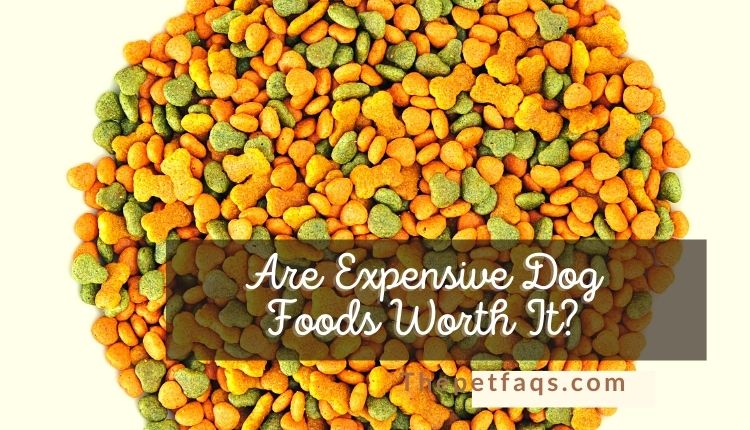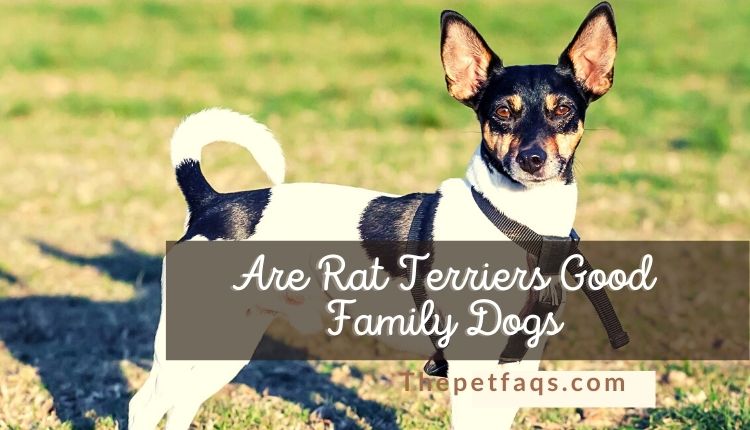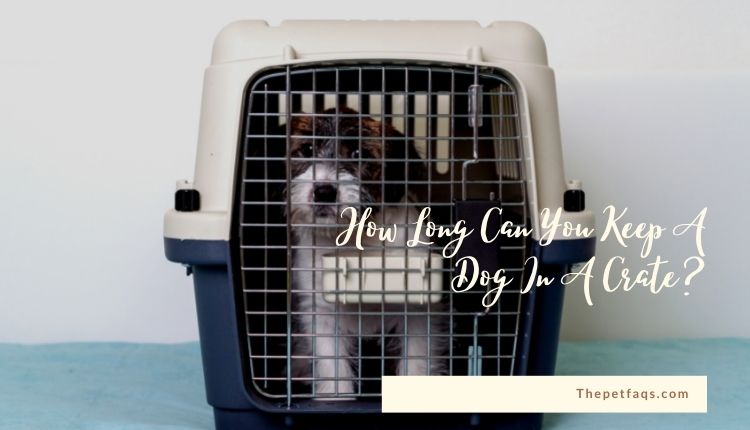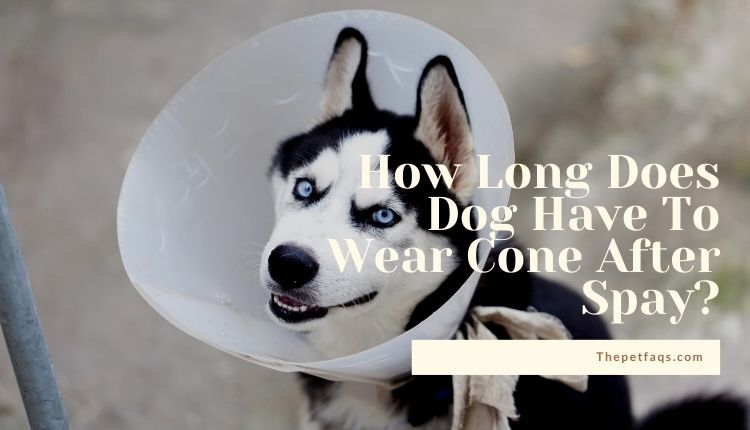Are Flower Bulbs Poisonous To Dogs?
Are Flower Bulbs Poisonous To Dogs? Flower bulbs are a sneaky source of nutrition for dogs. This material is beneficial for them and can help them look and feel healthy.
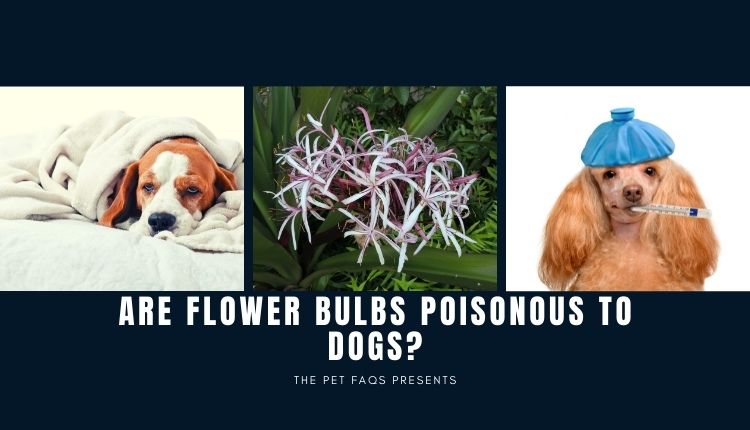
There is no need to worry about feeding your dog flower bulbs as they are not poisonous to dogs! And yes, the flowers come from ordinary plants that do not cause any harm to our canine friends.
Check out the article on bulbs and flowers that are great treats for dogs, with some helpful instructions on how to serve these also-listed veggies and fruits to your pet in optimal ways.
What Spring Bulbs Or Flowers Are Poisonous To Dogs?
Spring Clematis is the poisonous version of a yard plant, with many pet parents leaving this out for their pets to eat. The miniature Malvaceae (including goosefoot mallow) members contain saponins that allow them to stun flies and other insects on contact, which results in their being eaten by dogs instead.
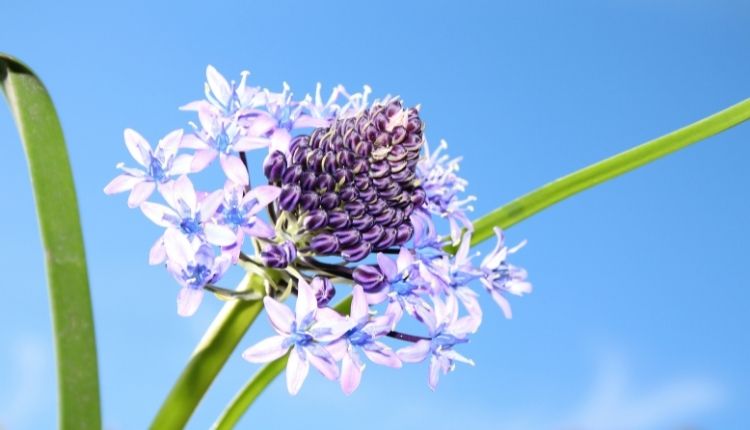
Campanile’s seed pods are toxic when ingested by cats and lethal if fed in large quantities over an extended period.
Some species of Daffodil (Narcissus crucifer) are poisonous and can cause respiratory irritation and life-threatening blood disorders, even if eaten alone or in small doses over a long duration.
Before purchasing daffodils for your family members, make sure that their origin is known, and then consider this note from x the plant garden: “Raw bulbs do not contain any toxins – the plant has to grow organs such as leaves and bulbs first before they can produce toxins.
Toxicity concerns of edible bulbous vegetables from various other plants have been noted in the literature, including Rhubarb (Rheum sp.)-stay away.”
Tulip Poisoning in Dogs:
Tulip bulbs are a favorite for many dog owners and often become the staff plant of choice in homes with multiple dogs.
Ingestion of tulips can result in vomiting, diarrhea, or seizures: Some pet owners use tulips as ‘treats’ to encourage their pets to play; this is also dangerous because they cause gastric upset if eaten (and no, seriously, I am not making that up) other than potentially playing we need one more plant to add to the list, and that is Angel’s trumpets which are known growers of poisonous mushrooms.
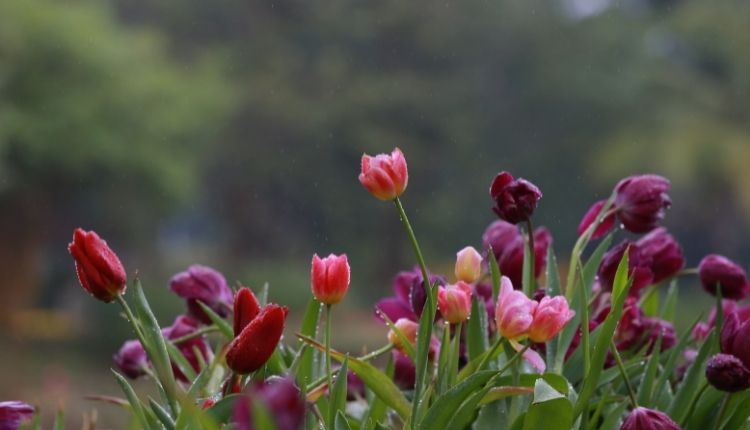
Another potential danger in planting tulips for your dogs is pet owners who keep their dogs on filet mignon or lean ground beef.
No, seriously, people, when you say it out loud, a specific partiality chorus group might want, according as noted above all, “Fido” varieties can be toxic if consumed repeatedly, Dog Death Toxicosis I think 75 percent of the friends and family who plant toxic plants in their yards here on earth that we grow can avoid this problem with a majority of all these poisonous plants by simply not feeding them.
Other than some websites only pointing out daffodils being either bad or good, there is no information on which varieties they would be.
Symptoms of Tulip Poisoning in Dogs:
1. Vomiting 2. Diarrhea (often bloody) 3. Seizures 4. Anorexia 5. Confusion 6.’ listless
My dog became absolutely obsessed with a yellow banana-like flower. We called it ‘The Yellow Thump.’ She could never get enough of the stuff, and the last time my dad picked her up on the day they were gone, he noticed she seemed really depressed when nobody was around, so I had to go crazy.

My dad grabbed her, shoved it in her mouth, and told me, “Well, Tessa never even took one breath before dying.” AKA swallow all the poison, or you will pay for it with your life after already feeling everything she did that day.
Other than a few people’s posts on gardening forums, I have only seen 9 symptoms listed. I was shocked to find some of these points very similar to what my dog suddenly passed away and her toxemia symptoms.
Causes of Tulip Poisoning in Dogs:
Controlled Composting Tulips contain a highly toxic cyanide compound called ‘Narcissin’ or “Cycasin.” This is why they die within the first year of planting out. We may have to reconsider those daffodils that are known as toxic!!

Toxic Plants in Dog’s Chewing: A summary from various websites on these murderous plants and their toxicity can be viewed below but just remember, gardeners that those poisonous plants on your hardscapes may still be a threat to pets, mainly if they lurk in the edges of gardens:
Ingestion can occur via ingestion (all parts). By ingestion, I mean peanuts and other seeds that, although not dangerous themselves, are commonly found inside legumes that contain this poison as well. Sources consumed by dogs should NEVER include any form of ferruginous substance, nor do dogs like sweetness or that milk flavor which is often dominant in legumes.
Diagnosis of Tulip Poisoning in Dogs:
The vet will have to rule out other serious causes, e.g., Cancer, Liver Disease, and others that can mimic these symptoms.

My Cat’s Treatment: Although my Cat survived the poisoning, I had to wait a week before she began treatment for effects of toxins that could have lingered until six weeks post-poisoning. The vet said, “If you’d brought her in and we found out then, definitely longer, but it is better to treat within 72 hours.”
After 7 days, she was fully recovering from all the damage from the medicine now that I knew what caused it.
Treatment of Tulip Poisoning in Dogs:
Treatment is far simpler than in Cats, with the vets told to trust in sodium polycarboxylic acid (also known as Citroen), which externally to ward off any further poisoning over time. Doses at this stage can be anywhere from 2 -5ml per pound of body weight every 24 hours for a week.
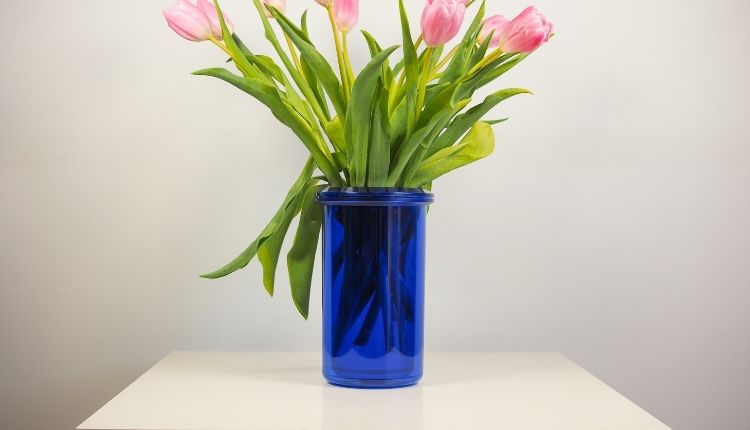
However, you also need some form of synergistic removal program unfolding after that and making it last beyond 3 or 4 weeks so that these pulses of toxins are removed from your dog’s system.
Recovery of Tulip Poisoning in Dogs:
My Cat, after the initial shock and the vet’s assurance, only took 5 days to feel back to her usual self. I could see that she no longer licked or gulped at toast as best friends do etc.
Still, it took weeks for all this totally to clear from her system, which made me wonder whether, in fact, my Cat was just too sensitive and needed more vital medication, so food reactions, licking would always be one of those things you likely experience for the rest of my Cat’s life.
Treatment for Dogs:
As with Cats, Sodium Polycarboxylic Acid would be recommended in large doses to ward off any future Tulip poisoning and rate their intake at 2ml per pound of body weight every 24 hours until they recover, which could take anywhere up to six weeks,
but realistically, you will have a lot longer than that before all toxin is out (or expelled) from your dog’s system. Still, if you know what caused the poisoning, it should thankfully prevent future ones.
Tulip Poisoning Questions and Advice from Veterinary Professionals:
Q. Why do dogs get tulip poisoning?
A: Dogs may eat bulbous blooms of Tulipa, Solanum, or Nigrinia Corsica during the spring months when this type is in color for profuse amounts of nectar. Steeped bulbs can often be eaten whole with traces left behind as well being contained within a gelatinous mass both have toxins which effects affect our health and sometimes progress to life-threatening diseases in our pets – it always takes 2-3 weeks for the symptoms to develop after ingestion of tulip bulbs.
Tulips are often most commonly found near woods, parks or gardens, etc. If ingested by your pet, you will note some clear discharge from the eyes, which is likely due to toxins emerging from their nose or mouth. Still, my Cat also had this, so I think she just got it from somewhere else (i.e., park).
Q. Where is the cause of a dog’s infected eye?
A: The condition first appears as iritis (inflammation) in one or both eyes, and this can be subacute to acute – if you are referring to just a single affected eye – It may arise as a response due to hypersensitivity, which means it lessens when pressure is applied but will come back again even though eyedrops, drops, etc. have been used.
If you are referring to both eyes, it is likely due to the conjunctiva’s hypersensitivity reaction, which causes one eye pupil (pinpoint) and cornea swelling. This is often seen with trauma in some breeds but also occurs possibly secondary bacterial infections/viral respiratory diseases/inflammation, etc.
Conclusion:
It’s been a common question lately – are flower bulbs poisonous to dogs? The answer is a little complicated, as some can be poisonous while others may not have any negative effects.
If you’re concerned about the potential toxicity of your flower bulbs for your dog, we recommend consulting with a vet to get an accurate diagnosis. In the meantime, we’ve included some helpful tips on how to deal with your dog if they eat flower bulbs.
